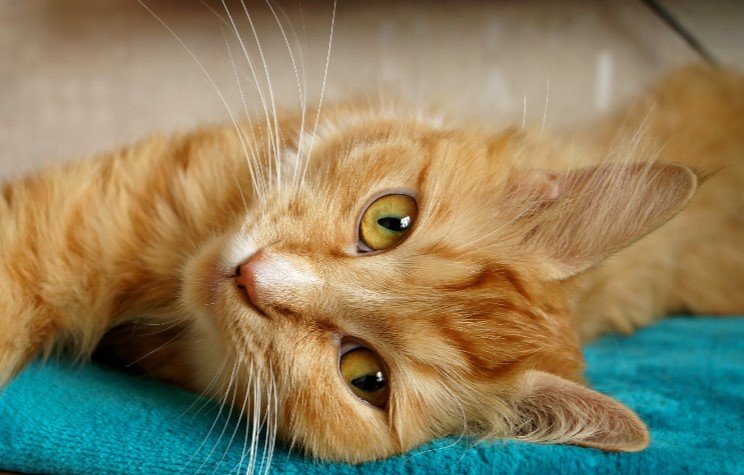Blocked Cats – What does that mean?
The term “blocked cat” actually refers to the obstruction of the urethra in a male cat. (But it is important to remember that it can happen to both dogs and cats, and also in females – just less commonly). The urethra is the tube that drains urine from the bladder and when it becomes blocked, a cat cannot pass its urine. This is an emergency situation and needs to be addressed immediately.
Most cats that are affected are male cats between 1 to 10 years of age. Signs that a cat may be blocked include straining to urinate, frequent attempts at urination, blood in the urine, painful urination, and inappropriate urination (urinating outside the litter box). The cat may also cry out, move about restlessly, hide, lose their appetite and become lethargic. If complete obstruction occurs and no urine can be released, the cat will die, usually within 3-6 days.
These obstructions are often a result of plugs of inflammatory material, mucous, crystals, or small bladder stones. At this point, it is still not completely understood what causes these inflammatory materials and stone formation, although it is thought that viral infections and diet may play a large role.
Unless the bladder has ruptured, your veterinarian will be able to feel the enlarged bladder upon physical examination. Blood work should be evaluated to check for electrolyte abnormalities, assess kidney function or to determine if there is evidence of infection or other systemic illnesses. A urine sample may be evaluated for crystals or bacterial infections. X-rays may also be taken to see if bladder stones or other material are present in the kidneys or bladder.
Once it is determined that the cat has a blocked urethra, emergency treatment will be required. Sedation will be necessary to place a urinary catheter to try to flush out the plug or force the stone into the bladder. The bladder will then need to be flushed out and drained to remove any remaining sediment. The catheter is often left in place for 1-3 days to allow the inflammation and spasm of the muscles to reduce. The cat is hospitalized during this time. Once the catheter is removed, the cat will need to be evaluated thoroughly to make sure he is able to urinate on his own before being discharged from the hospital. Pain medication, antiinflammatories, anti-spasmodics, and possibly antibiotics may be prescribed, as well as a diet change to decrease crystal-forming tendency. If the cat has bladder stones that cannot be flushed out, surgery will be performed to remove the stones.
Once home, your cat will require careful observance to make sure they are urinating properly. It may be necessary to use pellets or paper litter for several days, especially if surgery was performed.
We cannot stress enough how crucial it is that you get your cat to a veterinarian as soon as possible if you notice any of the signs and symptoms associated with a blocked cat. It is a true emergency and cannot wait to be addressed.

